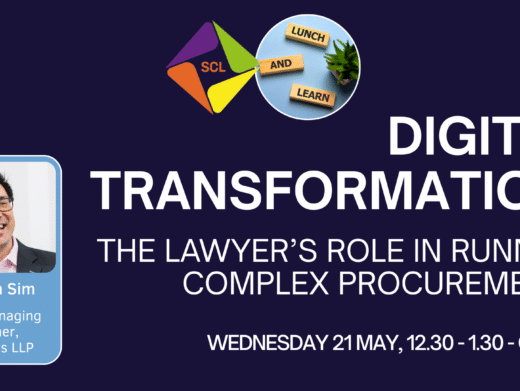Mobile media has integrated into our day-to-day lives, converging with social media and, in some cases, replacing other forms of communication. Driven by the ubiquity of the smartphone, the mounting popularity of the tablet, and the near-continuous digital dialogue for work and play in a variety of media, important considerations are emerging for e-disclosure practitioners.
Know your obligations
Practice Direction 31B of the Civil Procedure Rules calls for the disclosure of electronic documents, which it defines as any documents held in electronic form, including text messages, voicemail and data stored on devices such as memory sticks and mobile phones. What is often overlooked, however, is that custodians routinely have a variety of mobile devices that are as powerful as computers in their hands. To deal with this new reality, legal teams who are responding to disclosure requirements are starting to adjust their approach.
HH Judge Simon Brown QC in Earles v Barclays Bank plc [2009] EWHC 2500 confirmed that mobile media are potentially disclosable to the courts and that electronic documents generated using ‘…the abundance of this ESI [electronically stored information] in cyberspace means that potential litigants, in particular organisations such as banks at the current time, need to anticipate having to give disclosure of specifically relevant electronic documentation and the means of doing so efficiently and effectively’.
While obtaining some types of data from the third-party providers which store them is often difficult, organisations should take steps to ensure all responsive data – including mobile data – remain accessible.
Revisit your data map
Some workforces are more mobile than others – employees equipped with corporate-maintained mobile devices are more likely to create discoverable mobile data than those without such devices.
If a company’s data map is not regularly updated, it is likely that it may not include many newly introduced media types. If the company fails to highlight employees’ use of these data types, from text messages and instant messages to multimedia messages or others, disclosable documents may be missed. It is therefore essential for companies to regularly revisit the list of data sources included in the corporation’s data map.
Get familiar with existing data types
It is important to understand what kind of data is likely to be stored in mobile media and companies should continuously investigate the breadth of possible new sources of ESI in light of new mobile technology. The line between work-related and personal
communication is becoming increasingly porous, both in terms of the devices we use and the way we communicate, and companies are well advised to think laterally about the media which their staff are using. That said, while it is important to cast a wide net during disclosure to be sure you have considered all potentially disclosable documents, it is equally important to avoid creating impossible or disproportionate collection tasks. Technical, legal or cost-prohibitive limitations should be identified at an early stage.
For example, collecting data from third-party providers such as mobile phone carriers can be a headache, and typically will only be employed for criminal cases. Amending records retention programs is one way to ensure that data that otherwise would only be retrievable from third parties are preserved. Keep in mind that there are some applications that allow users to set up auto-deletes for mobile media. Allow the use of these only after serious consideration– courts may not agree that very brief retention periods are defensible.
Finding the information
It is important when interviewing individuals within the company whose data may be pertinent to a disclosure exercise to include questions which specifically refer to mobile media. The answers to these questions will be critical when planning physical collections of mobile devices – without the answer to ‘who has what and where, and what’s likely to be on it,’ scoping data collection projects can become complicated and unnecessarily time-consuming.
Conclusion
Social media use is exploding, mobile communication devices have been integrated into our everyday lives, new forms of metadata, such as tracking and location-based data, are evolving daily, and this is changing the way people communicate. This has implications for the practice of law. If a company is using mobile media in any part of its business, even if it is not a significant means of communication or an official channel, the company needs to find a way to preserve data exchanged and stored using that mobile media. To defensibly meet preservation and disclosure requirements, it is important to work with individuals who know and can help employ best practices for preserving and collecting information from mobile devices.
Greg Wildisen is International Managing Director at Epiq Systems: http://www.epiqsystems.co.uk/




